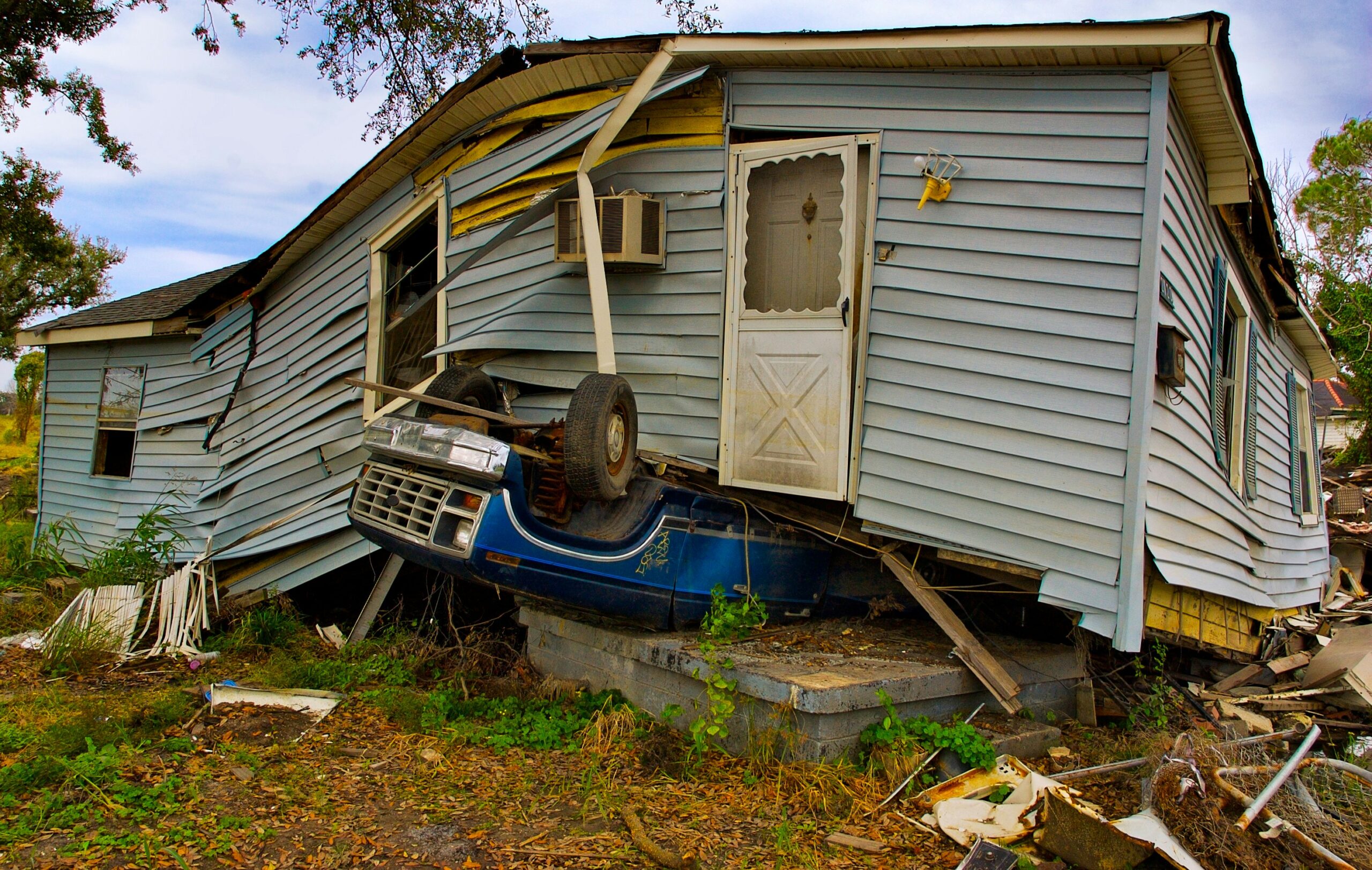 After a quiet 2024 hurricane season, Wall Street is getting a little too comfortable...
After a quiet 2024 hurricane season, Wall Street is getting a little too comfortable...
Climate-linked insurance products, like catastrophe bonds and sidecars, have long been the domain of sophisticated reinsurers such as Munich Re (MUV2.DE).
These firms use decades of underwriting data, risk modeling, and reserve buffers to protect against billion-dollar disasters.
But a new breed of investors is jumping into the mix. Hedge funds and private-equity ("PE") shops are hunting yield in the reinsurance market. They're being lured by juicy premiums and low correlation to stocks and bonds.
And they're pushing risk where it doesn't belong...
Alternative capital in the sector ballooned to $115 billion by the end of 2024... up nearly 25% in just two years. Funds that once dabbled in insurance-linked securities are now diving headfirst into structures they barely understand.
This dangerous feedback loop could upend the entire system. And it's setting up traditional players to take the fall.
 In theory, catastrophe reinsurance is a good match for outside capital...
In theory, catastrophe reinsurance is a good match for outside capital...
These contracts only pay out for rare, high-severity events like Category 5 hurricanes. They're meant to spread risk, not concentrate it.
But according to Munich Re board member Stefan Golling, the influx of hedge-fund money is throwing off the sector's pricing mechanisms.
Many of these investors don't operate full insurance platforms. They skip the grunt work of underwriting and risk pooling. Instead, they take on slivers of risk – the "peak zones" tied to mega-disasters – and vanish from the market after a loss.
That's exactly what happened after Hurricane Ian slammed Florida in 2022. Private capital pulled back almost overnight. Reinsurance prices spiked significantly in some regions, just as policyholders needed coverage the most.
And that volatility didn't hit the funds. It hit the incumbents like Munich Re and Swiss Re (SREN.SW). They had to step back in to stabilize the market. And they got blamed for the resulting price hikes.
This whipsaw effect creates a structural imbalance. When times are calm, hedge funds crowd in and depress premiums. When disaster strikes, they retreat... leaving traditional reinsurers to deal with the fallout and a tougher pricing environment.
It's the insurance equivalent of picking up nickels in front of a bulldozer.
 The next big storm won't hit hedge funds... It'll crush the firms that stick around...
The next big storm won't hit hedge funds... It'll crush the firms that stick around...
Reinsurance was built to absorb shocks. But the current setup is doing the opposite. It's amplifying them.
Traditional reinsurers face a painful double bind. On one hand, they're pressured to compete with undisciplined capital that's willing to underprice risk.
On the other, they're expected to backstop the system when the newcomers vanish.
That setup erodes profitability and balance-sheet strength over time, even as headline premiums appear to rise.
The result is a sector that looks healthy on the surface... but hides a deeper vulnerability. We're seeing a growing mismatch between real risk and the capital available to cover it.
And the investors chasing yield in this market are playing a dangerous game.
 It's tempting to hunt for opportunity in rising premiums from firms like Munich Re...
It's tempting to hunt for opportunity in rising premiums from firms like Munich Re...
But those numbers mask a major flaw. Folks are making money on timing the exits rather than smart underwriting.
That works for hedge funds, whose only obligation is to investors. But reinsurers can't walk away. They have to honor contracts, fund reserves, and manage liabilities through thick and thin.
This is a market that rewards speed, not stability. And that's a problem for the incumbents.
When the capital tide goes out – and it eventually will – they'll be left exposed. And so will the unlucky investors who bought in.
Regards,
Joel Litman
October 21, 2025



 After a quiet 2024 hurricane season, Wall Street is getting a little too comfortable...
After a quiet 2024 hurricane season, Wall Street is getting a little too comfortable...

